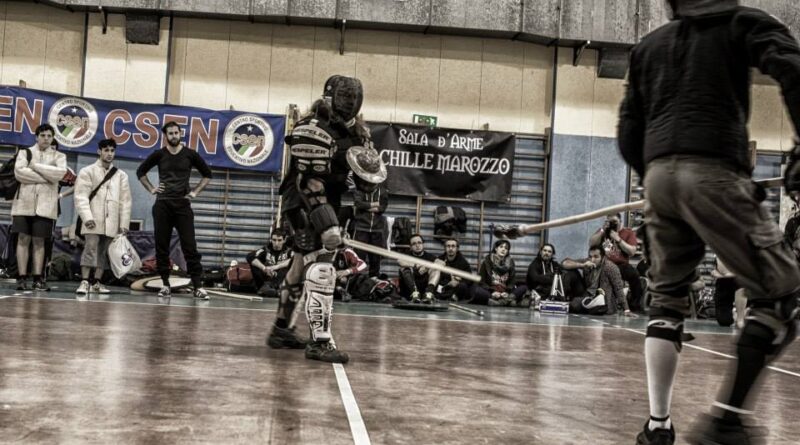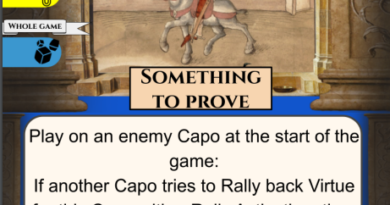Our Background!

This is Jack here from the Force of Virtue Design Team. Force of Virtue is a labour of love and the result of many years of corroborating and testing theories and painstaking research into original sources. Many of the mechanics came from our designers studying chronicles and the diaries of fighters from the time and using game mechanics as a way to make sense of the principles and mechanics at play. We humbly hope it is to your liking.

Our team is made up of historical fencers, riders, reenactors, stuntmen and academics who are in love with the period we cover. We spend much of our days sparring and using the weapons represented in the game. Pouring through first hand accounts of combat from the renaissance and reading treatise written by the fencing masters of the time. These sources and our personal experiences have shaped much of our approach to this game. In fact the Virtues themselves are taken directly from an Italian fencing master named Fiore dei Liberi. An astute reader will note that they also correspond well to the humours of medieval medicine.
How it Began
Me and my brother have been avid wargamers since our first Airfix sets, constantly tinkering with wargames rules devouring whatever we could find on the internet and making our own. Our first at age 10 was an attempt at a physical RTS style basebuilder on an eggtimer dubbed “The Mini-va Convention”. We soon after took to Historical Fencing and our horizons broadened too include technical details of the use of various weapons and systems throughout history, first hand accounts of fights and skirmishes with halberds, crossbows and swords. With all this buzzing in our minds when the Perry Brothers released their European Mercenary and War of the Roses box sets as we glued and painted them, sorted them into warbands we released there was no game that captured the colour and beauty of the period as a skirmish game. Furious tinkering began. This was 2013 and much of the constraints were already clear, the idea of armour and wound save mechanics were clear, some kind of hit based morale was also necessary, one that also took into account armour levels. The system needed to allow also for strategems and tactics that could even out a smaller warbands chances without specific built scenarios. Thus the deck system emerged in the first few months. A dice pool mechanic was considered for attack and defence, but it wasn’t until after a reading of The Prince and spitballing on the way back from winning silver at a HEMA tournament at Florence in 2014 did the idea of the Virtues come into being.
Why Renaissance Rome
Most of our team’s background is in reconstructing swordfighting systems from the 15th century, as such the time period is one we are very much in love with and we have spent a great amount of time studying. In all truth for the majority of our team their main focus was 15th century Germany. However as the design process progressed the siren song of the Italian Wars called to us. As part of it we revisited the origins of the rise of the Borgias and renaissance Rome. We decided we needed to start the game off in a smaller more controllable setting to give us something to manage at the beginning. A setting that was easily recognised by those not versed in the world of Renaissance Italy, but was just too good to pass up. We decided on Rome in the time of the Borgias.



